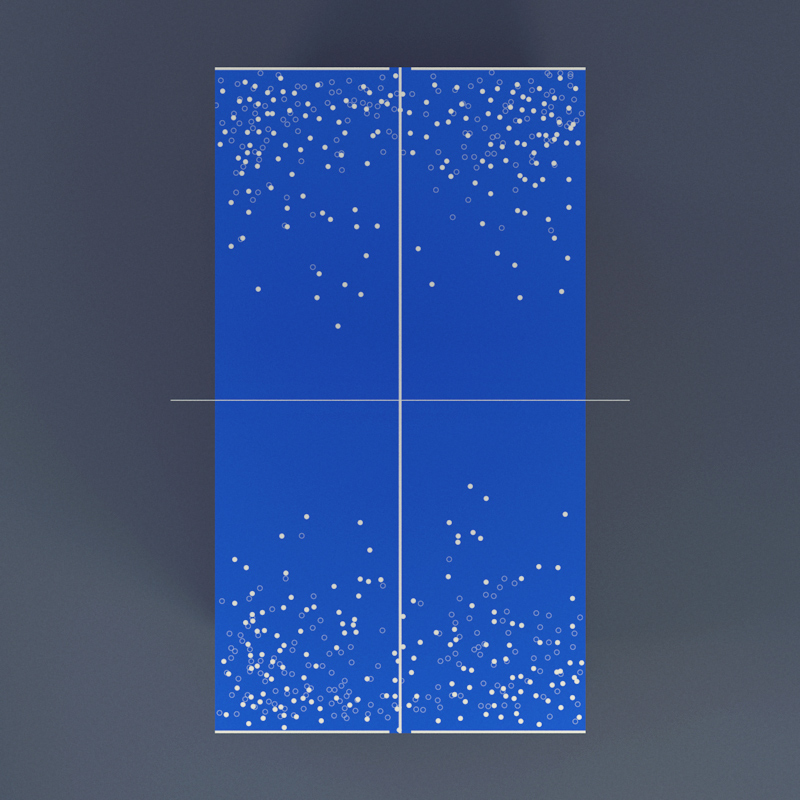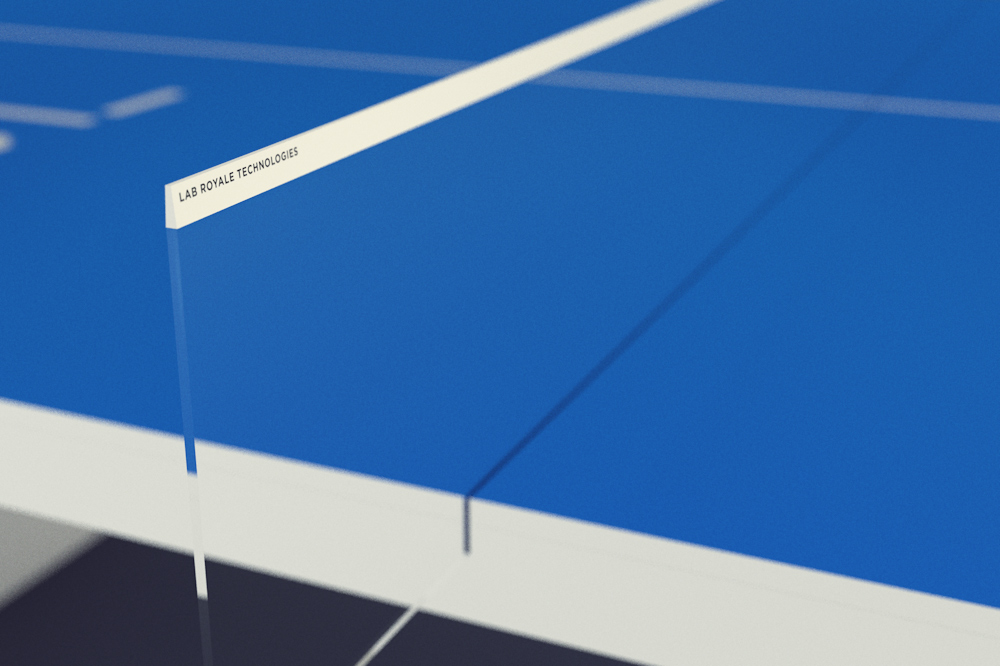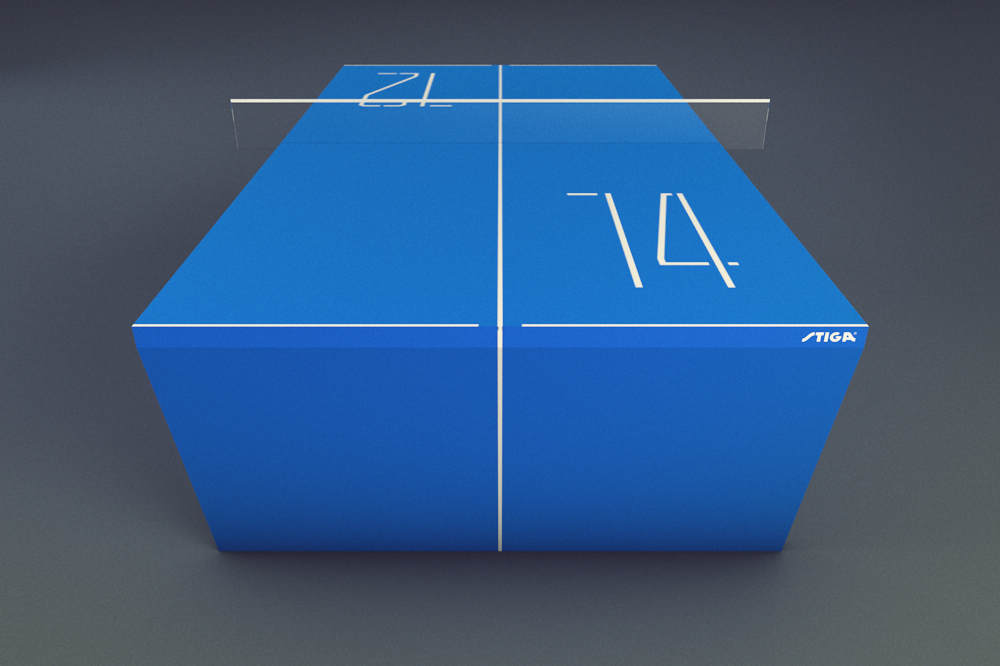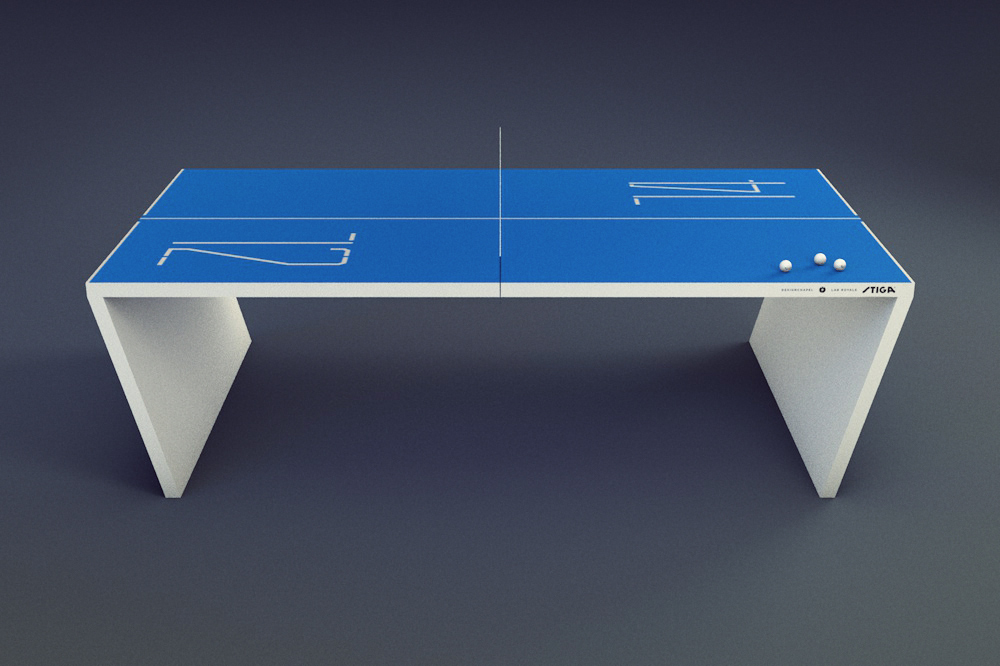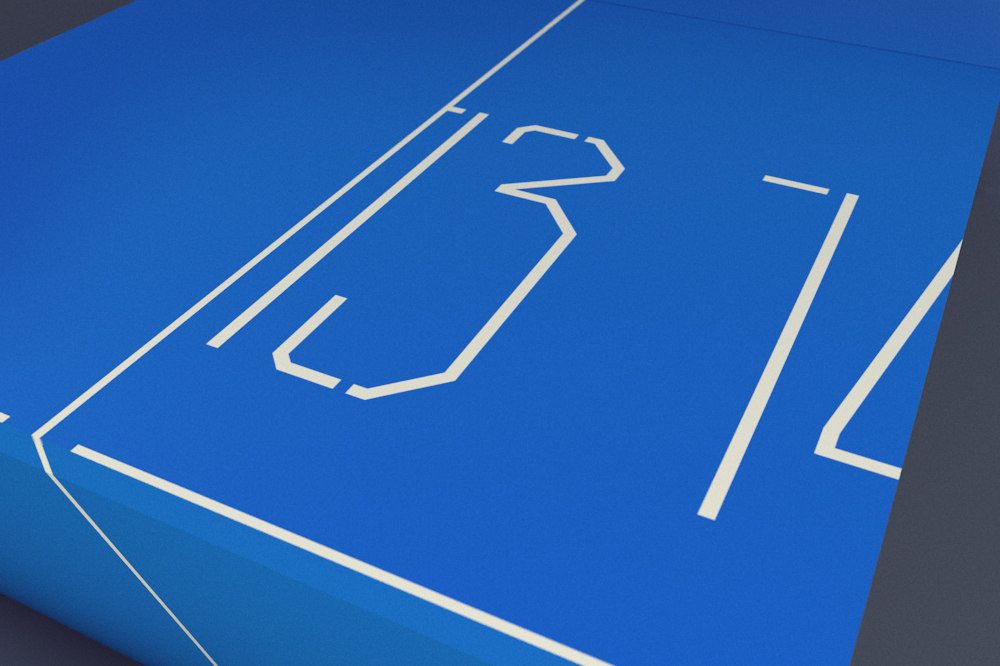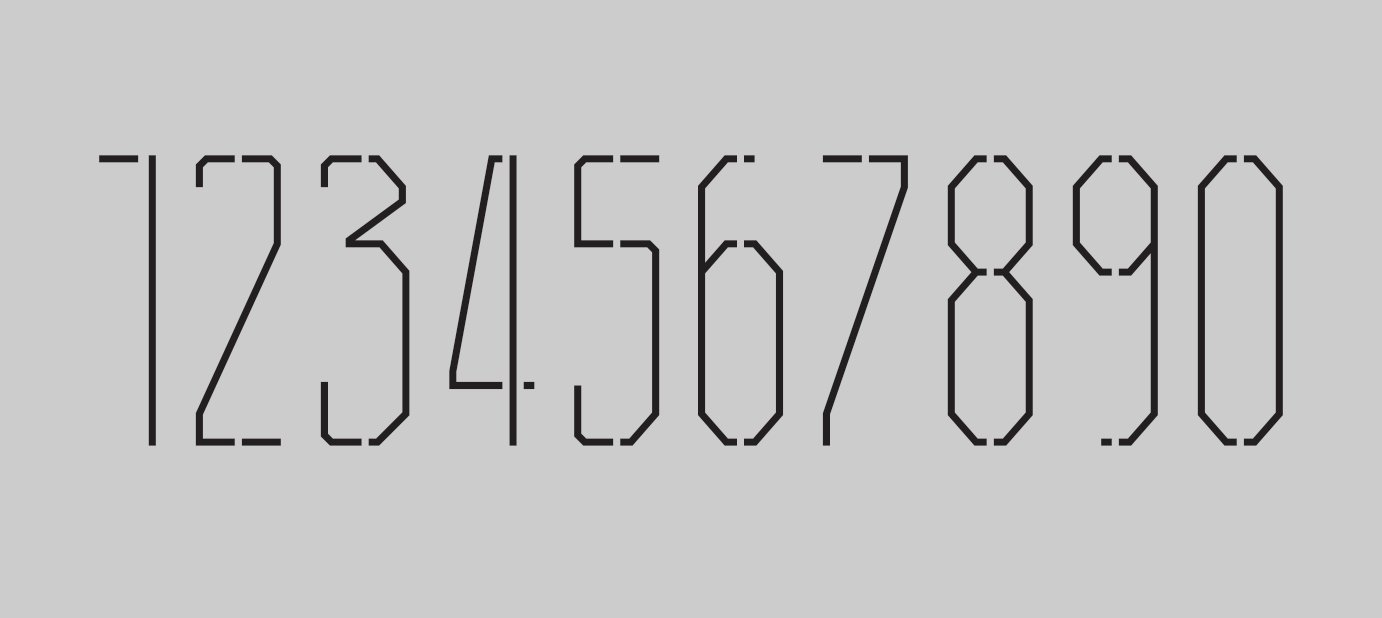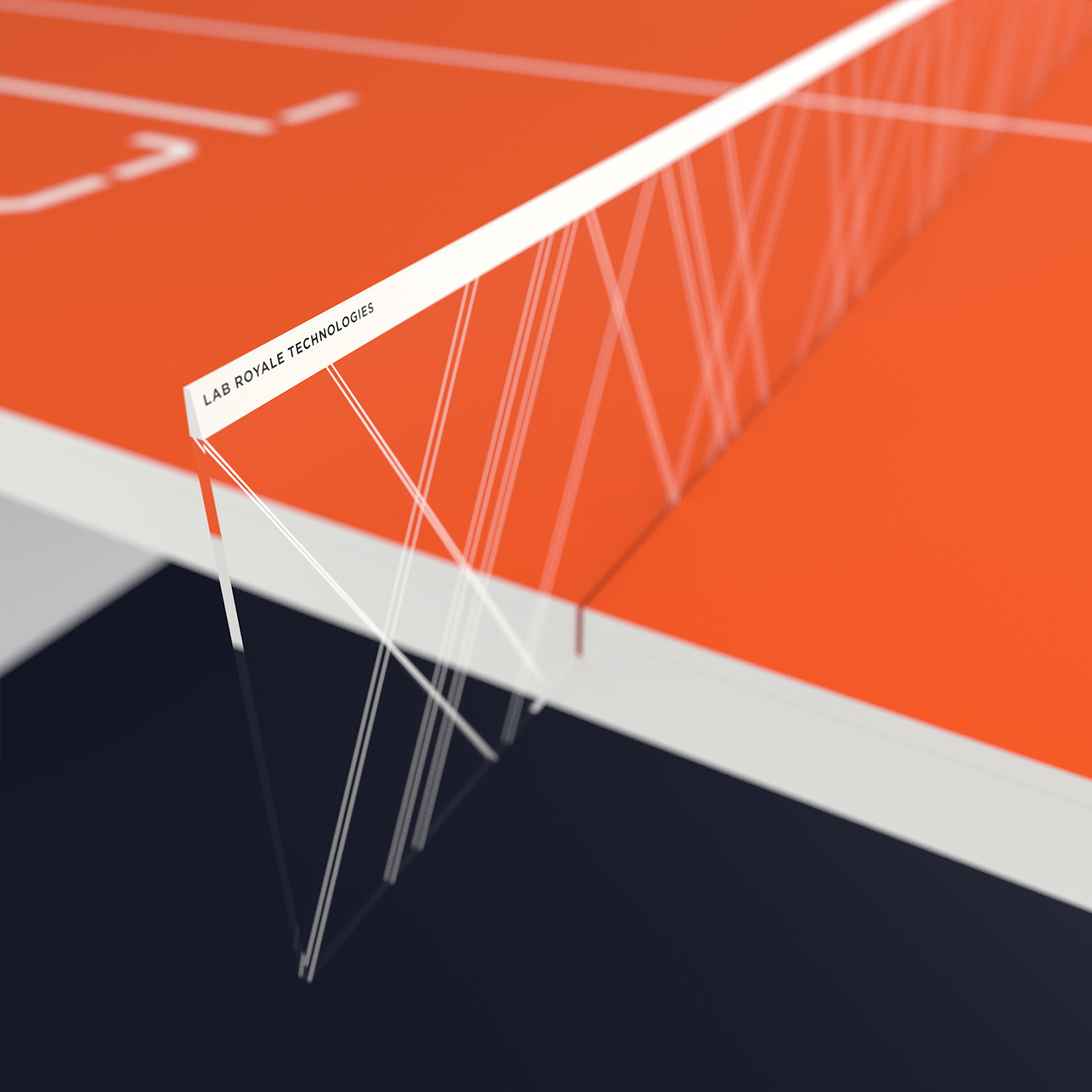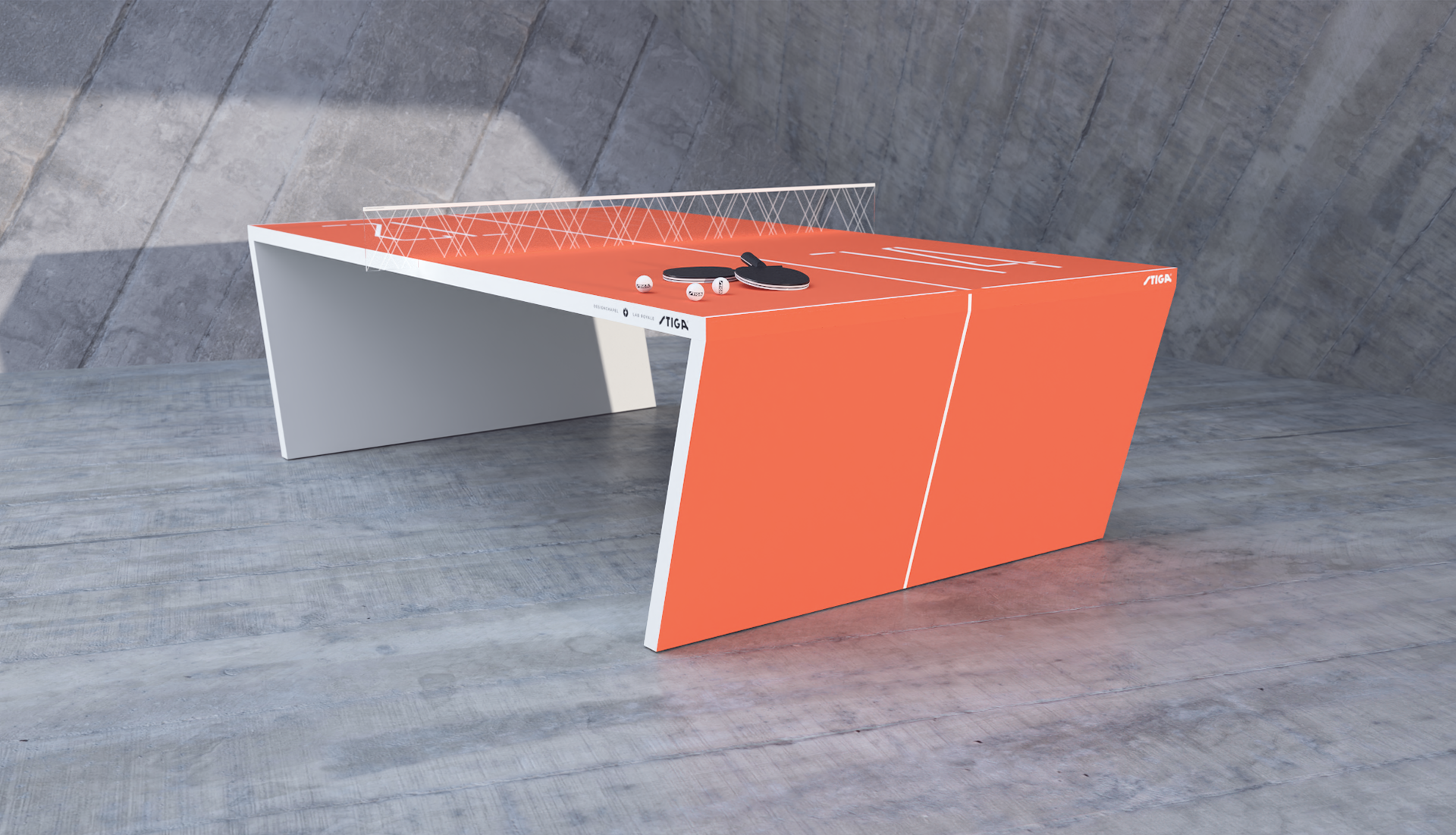NEXT GEN TABLE TENNIS
Waldner TBX
Project: Intelligent Table Tennis
Made by: Robert Lindström
Disciplines: Industrial Design / Visualisation
Client: Designchapel (Conceptual)
Year: 2012/17
Behance
When designing Waldner, I wanted to explore the fusion of a traditional product with the digital. I have been involved in digital creation the last 20 years and the ongoing revolution where the digital world and the physical world is merging together, is the most interesting and inspiring developments together with VR in our branch to date.
Walner consists of an advanced advanced computer system integration. The table has a multi-touch sensible surface, which responds to both motion and lightweight items like a ping-pong ball. The table is equipped with voice recognition that monitors the game as well. That means the table is very intelligent; it sees, feels and hears the game so you can both discuss a ball or argue about a point.
"So what are you waiting for, Roman Abramovich? Quit wasting your money on washed-up strikers, firing managers and ropey haircuts, and invest in this instead."
— Sport Magazine, Issue 246, March 2 2012
Underneath the surface, we find two 2.4GHz Quad-Core Intel Xeon E5620 “Westmere” processors, an ATI Radeon HD 5870 graphics card, a Wi-Fi connection, and 12 Bose micro speakers. The table is 2.74 meters long, 1.52 meters wide, 76 centimeters high, and 5 centimeters thick. The surface is a massive screen made of soft acrylic that provides a smooth and low-friction coating. The screen supports Apple's new HiDPI technology, which delivers a resolution of 7680 × 4320 pixels (8K).
The "net" is composed of parts of a touch-sensitive screen from Samsung. After and during the game, all kinds of statistics can be found on the table. For example, players can compare the hit areas of the balls (where each hit is visualized by a circle and contains information such as speed and trajectory). All data is stored and can be visualized in real-time 3D on devices such as iPads and iPhones.
The table's interface is activated with a simple two-finger scroll. During the game, the scores are displayed on the surface and change automatically through a combination of the table's sensors, Siri/AI, and the players' voices. Yes, you can even argue with Siri/AI about a ball, and if you don't agree with the referee, you can change the score with a swipe.
The design of the digits had to be thin and straight to come along with the rest of the design langauge. Download Illustration file (.zip)
Below: Concept images, round 2


